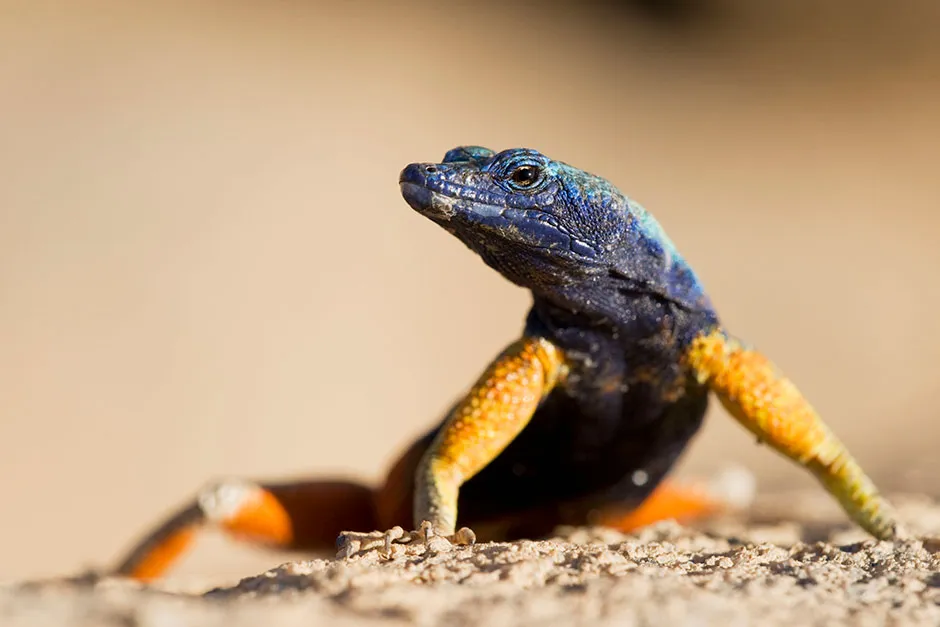In last week's episode of Sir David Attenborough's Life in Colour, we got to see all the ways that animals use colour to communicate, whether that was for finding a mate or fighting off enemies.
The second and final episode looks at animals that use colour to hide in plain sight. Read on to find out what animals we'll see.
Tiger

Some animals use their colours to help them hide and disappear into the background.
In the forests of Central India the Bengal tiger is one of the world’s biggest cats and creeping up on your prey is not easy when you are this large. Their orange stripes are crucial to their success and help them to camouflage.
Crab spider
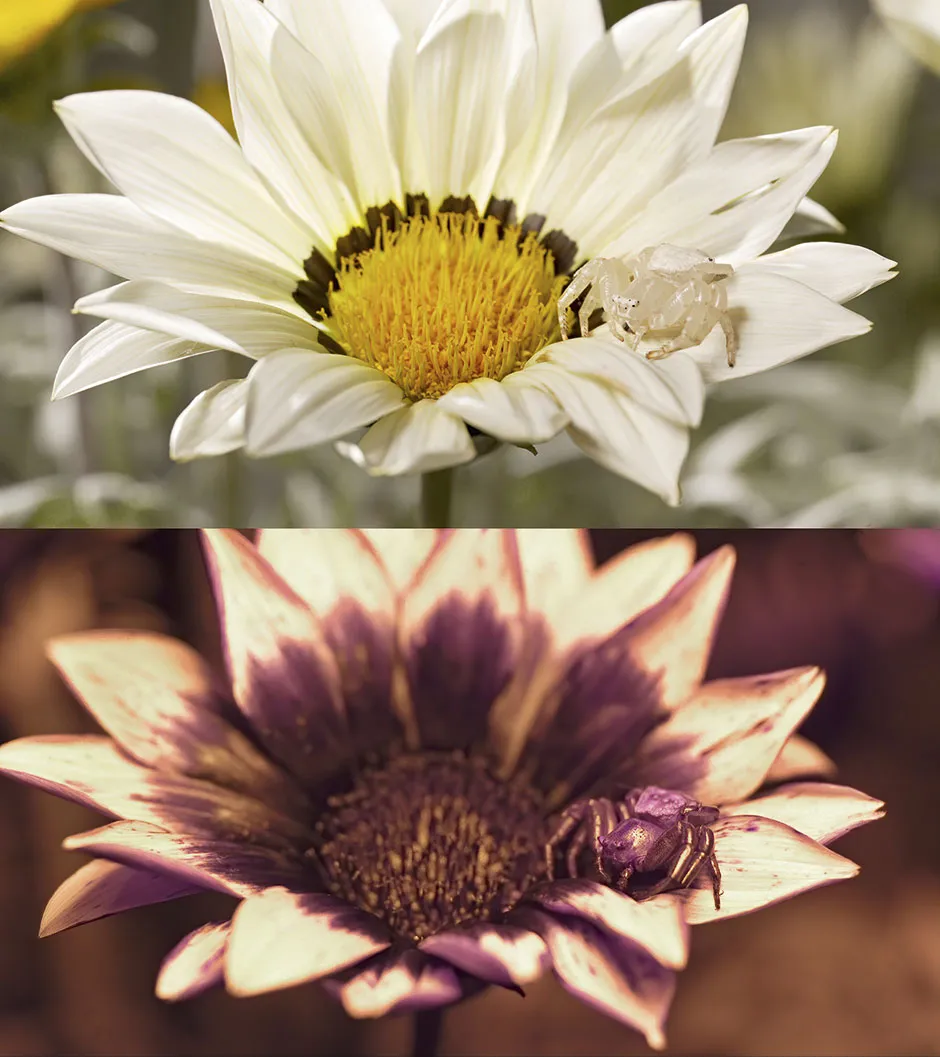
A crab spider in Australia has a number of colour tricks up its sleeve to deceive and lure in its prey. It reflects brilliant ultraviolet light that acts as a super-signal, which the bee can’t resist.
Zebra
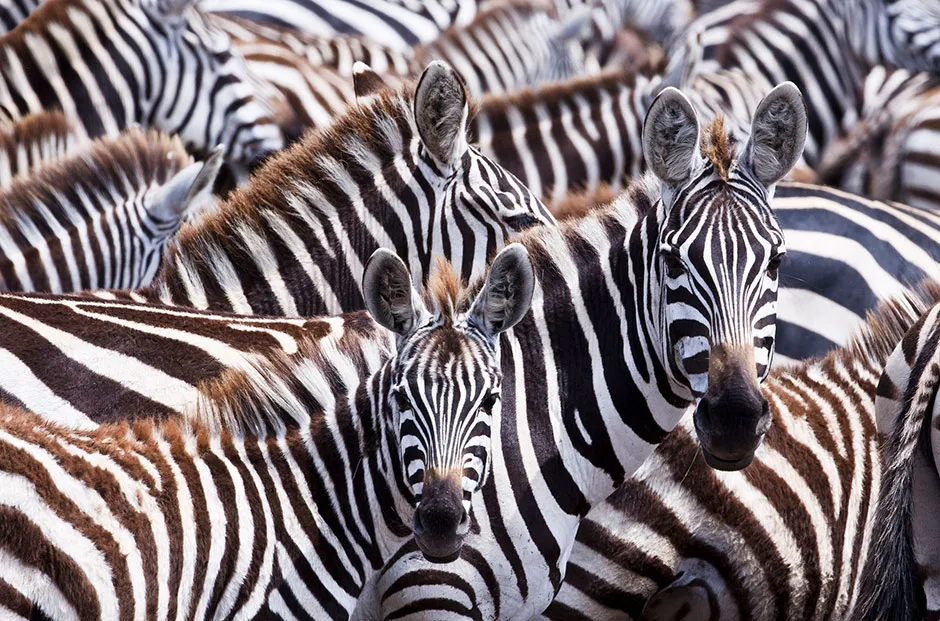
But colour can also be used in a simpler, even more surprising way, to confuse the enemy. Zebras use just two colours to outwit their enemies.
New research suggests that their distinctive black and white stripes create confusion called ‘motion dazzle’ when they move, and make it difficult for a predator to lock onto their target.
Cuban painted snail
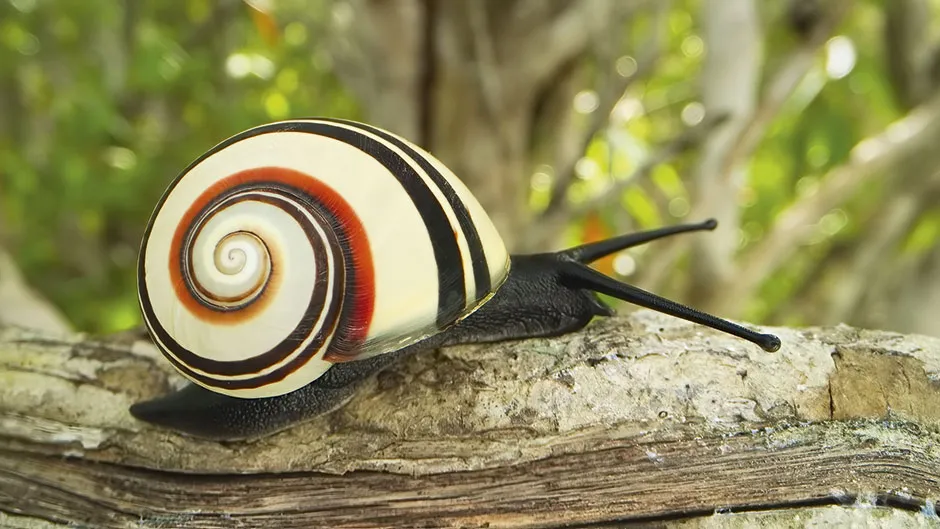
On the island of Cuba, smaller creatures do a similar thing. Cuban painted snails are amongst the most colourful of creatures on Earth, and no two individuals are exactly the same.
Some scientists believe that the variation in colours and patterns may be a kind of defence against predators.
Fangblenny
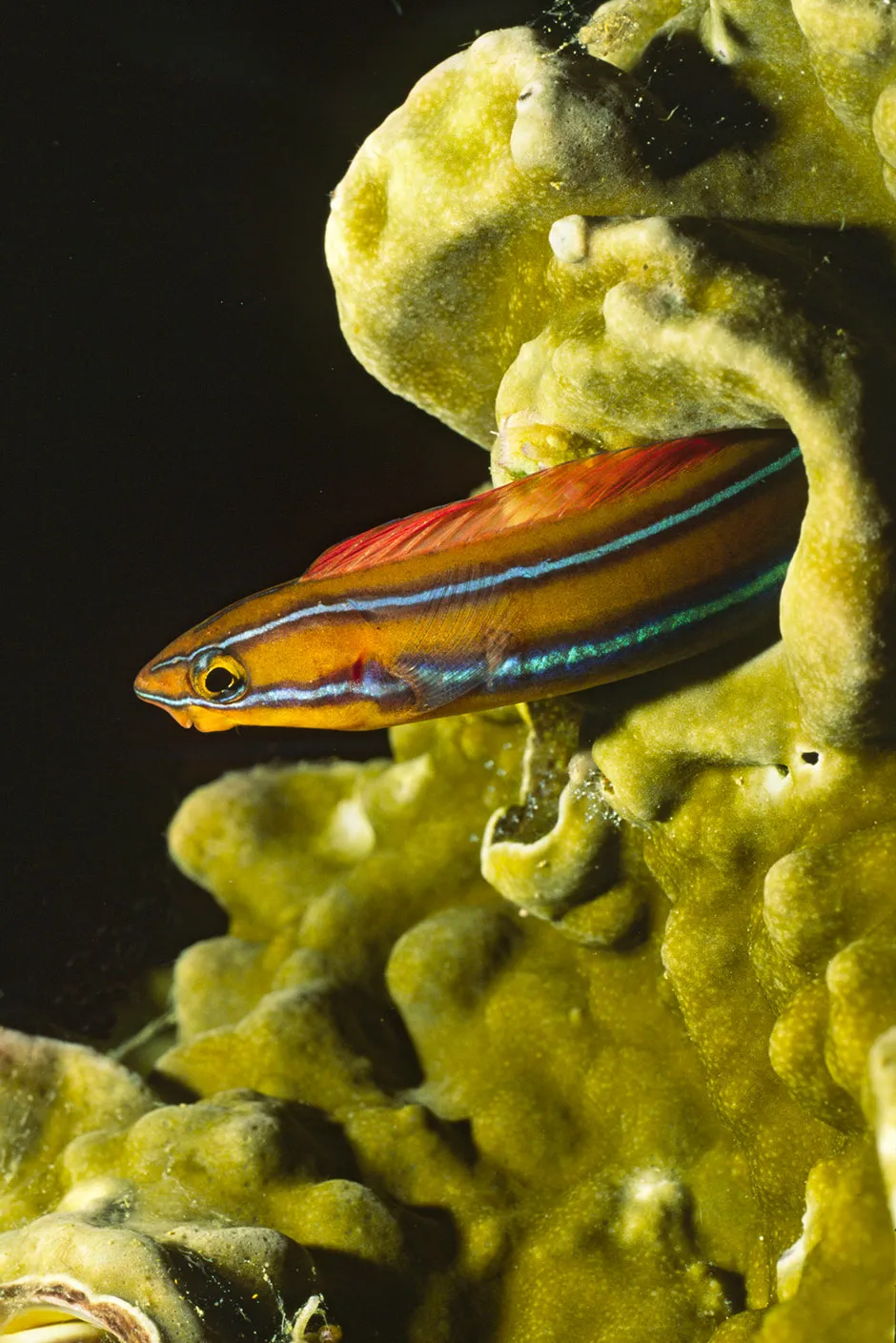
Mimicking, another way of using colour, occurs quite frequently amongst insects. And whilst some animals use mimicking to put off predators, to hide or to hunt, there are some animals that use it for a rather more sinister purpose.
A fangblenny on Australia’s Great Barrier Reef uses deception to get close to its victim. It has learned to exploit the trusty relationship between the bluestriped blenny and the cleaner fish as the first get their parasites picked off by smaller fish that feed on what they remove.
Mimicking the colours of a cleaner fish, the fangblenny uses razor-sharp teeth not to remove parasites but to take a bite out of its target.
Augrabies flat lizard

In South Africa, one animal uses mimicking to fool its own kind. Augrabies lizards take on stunning rainbow colours during the breeding season, helping them to secure the best food and females.
But some young males decide to forego these colours and opt for a more sneaky strategy. To avoid fighting with other males, some young males delay the development of their colours and so they mimic females.
One in 10 young males behave in this way. It means they, for instance, can sneak past the powerful highly coloured males to get to a source of food.
